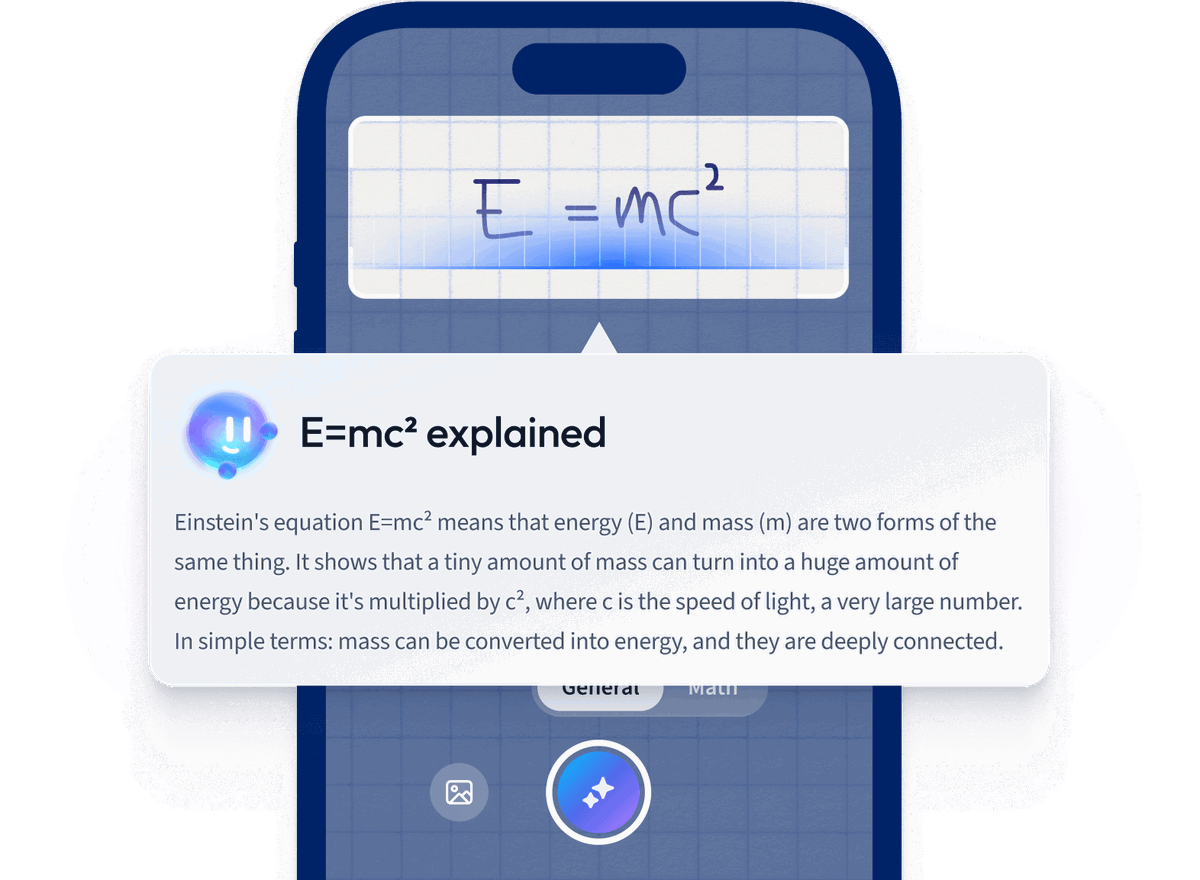Change in Demand Definition
To get the definition of a change in demand, let's first understand what demand means. Demand means that buyers are willing and able to purchase goods at certain prices. So, not only must the buyers want the product, but they must also be able to afford it.
Demand is defined as the desire and ability of consumers to purchase a product at a given price.
Now that we know what demand means, a change in demand becomes straightforward.
A change in demand is an increase or decrease in the desire and ability of consumers to purchase a product at a given price.
As you can see, we mentioned wanting to buy the product and being able to afford it. So, demand entails the quantity of a good and the price at which consumers will buy that quantity. Economists refer to these concepts as quantity demanded and price. While quantity demanded is the quantity of a given product consumers are willing and able to purchase at a given price, price refers to how much money consumers have to pay for that quantity.
Quantity demanded refers to the quantity of a given product consumers are willing and able to purchase at a given price at a given time.
Price refers to the amount of money consumers have to pay to acquire a given quantity of a product.
Change in Demand Curve
Economists represent demand with the demand curve, and a change in the demand curve means demand has either increased or decreased. So, what is the demand curve? The demand curve depicts demand graphically. It is derived by drawing a graph and plotting price on the vertical axis and demand on the horizontal axis.
The demand curve is a visual representation of the relationship between quantity demanded and price.
Let's have a look at a simple demand curve in Figure 1.
 Fig. 1 - Demand Curve
Fig. 1 - Demand Curve
A change in the demand curve means that demand has either increased or decreased. When the demand curve changes, it shifts, so a change in the demand curve can also be called a shift in the demand curve. The demand curve changes when the determinants of demand cause a change in the quantity demanded. A rightward shift is an increase in demand, whereas a leftward shift is a decrease in demand. Figure 2 shows an increase in demand, whereas Figure 3 shows a decrease in demand.
 Fig. 2 - Increase in Demand
Fig. 2 - Increase in Demand
As shown in Figure 2, the demand curve shifts to the right from D1 to D2. This is an increase in demand.
 Fig. 3 - Decrease in Demand
Fig. 3 - Decrease in Demand
Figure 3 shows a decrease in demand. This can be seen by the movement of the demand curve from D1 to D2.
Read our article on the Demand Curve to learn more!
Determinants of a Change in Demand
The determinants of a change in demand are the factors that cause the demand curve to shift. They are factors other than the price of the good itself that cause the demand for the good to change.
These determinants of demand include income, the prices of related goods, tastes, expectations, and the number of buyers.
As the quantity of goods consumers are willing to buy depends on the price of the goods, we can mathematically express quantity demanded as a function of price:
\(Q_D=Q_D(P)\)
Where Q D represents quantity demanded and P represents price. The mathematical expression simply means that Q D changes depending on the value of P.
Let's explain how each of the determinants of demand can cause a change in demand, and how they factor into the above equation.
Income as a determinant of a change in demand
Income is a determinant of demand because when people earn more money, they tend to be willing and able to purchase more goods. The opposite happens when people earn less money. Note that we are not only talking about quantity demanded here but rather, demand as a whole.
In this case, the quantity demanded is expressed as a function of price and income (I). Mathematically, this is:
\(Q_D=Q_D(P, I)\)
Let's explain it with an example.
Let's say Kent has always bought a pack of cigarettes out of his salary because that is what he can afford. However, Kent gets a raise, and now, since he can afford cigars, he buys cigars instead of cigarettes.
The above example reveals that the income increase resulted in an increase in demand for cigars. In this example, cigars are a normal good because the demand for cigars increased when income increased.
- The demand for a normal good increases when there is an income increase.
In the same example, cigarettes are an inferior good because the demand for cigarettes changed in the opposite direction of the change in income.
- The demand for an inferior good decreases with a reduction in income.
Prices of related goods as a determinant of a change in demand
Let's explain how the price of a related good is a determinant of demand using the following example.
The price of tea falls, and since consumers either consume tea or coffee, they stop consuming coffee and consume more tea due to the reduction in the price of tea.
In the above example, the law of demand is being followed. As price decreases, demand increases. You should also note that tea and coffee, as described in the example, are substitute goods. Substitute goods are goods that are consumed in place of each other.
Also, let's say people usually have a cookie when they have a chocolate drink. In this case, if the price of a cookie decreases, consumers are likely to buy more of the chocolate drink, increasing its demand. This means that the quantity demanded of the chocolate drink (Q D) is a function of its price (P) and the price of cookies (P C). Mathematically, we can express it as:
\(Q_D=Q_D(P, P_C)\)
Tastes as a determinant of a change in demand
Taste is one of the simplest determinants of demand. We buy the products we like because that is what we prefer. Therefore, if we develop a taste for steak, we are likely to buy more steak now, increasing the demand for steak. The reason why people have specific tastes is beyond the scope of economics. As economists, we are concerned with what happens when people develop a taste for a given good.
Here, the quantity demanded becomes a function of price and taste (T). It is expressed as:
\(Q_D=Q_D(P, T)\)
Expectations as a determinant of a change in demand
Expectations can make consumers change their consumption behavior. Let's explain this with an example.
Let's assume a pandemic hits the USA, and people receive word of a lockdown. Because of this, they expect a shortage of toilet paper. This expected shortage of toilet paper makes people go out to hoard toilet paper.
In this example, the expectation of a shortage caused a spike in demand for toilet paper.
Here's another example.
If civil war erupts in a country that exports microchips to the USA, people will anticipate a shortage since that country's business activities will be disrupted. Therefore, people will hoard microchips, causing an increase in demand.
As expectations cause the quantity demanded to change without changing the price, the quantity demanded can be expressed as a function of price and expectations (E):
\(Q_D=Q_D(P, E)\)
Number of buyers as a determinant of a change in demand
The number of buyers influences demand by increasing the quantity of demand at a given price. Let's use an example.
Let's say Kent buys a pack of cigarettes for $5 and is the only buyer for some time. Clark then joins Kent as a consumer of cigarettes for $5 a pack due to an acquired taste for cigarettes.
From the above example, the quantity of cigarettes being purchased is 2 packs at the price of $5. This means that the demand has increased since there is an extra buyer now.
We can then add the number of buyers (N) to the equation of quantity demanded as:
\(Q_D=Q_D(P, N)\)
Change in Demand vs Change in Quantity Demanded
What is a change in demand vs a change in quantity demanded? This difference lies in the cause of the change. When economists mention a change in quantity demanded, they are simply referring to an increase or decrease in quantity demanded, which happens when price changes. On the other hand, a change in demand is only caused by the determinants of demand.
A change in demand for a good refers to a change caused by a change in a determinant of demand, whereas a change in quantity demanded of a good refers to a change caused by a change in the price of the good.
Real-World Examples of Change in Demand
Below is a real-world example of a change in demand using an everyday product like bottled water.
The table below shows the demand for bottled water.
| Price ($) | Bottles of water (1 consumer) | Bottles of water (2 consumers) |
| 5 | 0 | 0 |
| 4 | 1 | 2 |
| 3 | 2 | 4 |
| 2 | 3 | 6 |
| 1 | 4 | 8 |
Table 1 - Demand for Bottled Water Example
Draw the demand curve showing the change in demand from 1 consumer to 2 consumers.
Figure 4 shows the demand curves for bottled water as the number of consumers increases.
 Fig. 4 - Change in Demand
Fig. 4 - Change in Demand
As shown in Figure 4, the demand for bottles of water increased as a result of the increase in the number of consumers, and this shifted the demand curve to the right from D1 to D2.
Read our article on Market Equilibrium to learn how the whole market works!
Change in Demand - Key takeaways
- A change in demand is an increase or decrease in the desire and ability of consumers to purchase a product at a given price.
- The demand curve is a visual representation of the relationship between quantity demanded and price.
- The determinants of demand include income, the prices of related goods, tastes, expectations, and the number of buyers.
- A change in demand for a good refers to a change caused by a change in a determinant of demand, whereas a change in quantity demanded of a good refers to a change caused by a change in the price of the good.
- A rightward shift of the demand curve is an increase in demand, whereas a leftward shift is a decrease in demand.
How we ensure our content is accurate and trustworthy?
At StudySmarter, we have created a learning platform that serves millions of students. Meet
the people who work hard to deliver fact based content as well as making sure it is verified.
Content Creation Process:
Lily Hulatt is a Digital Content Specialist with over three years of experience in content strategy and curriculum design. She gained her PhD in English Literature from Durham University in 2022, taught in Durham University’s English Studies Department, and has contributed to a number of publications. Lily specialises in English Literature, English Language, History, and Philosophy.
Get to know Lily
Content Quality Monitored by:
Gabriel Freitas is an AI Engineer with a solid experience in software development, machine learning algorithms, and generative AI, including large language models’ (LLMs) applications. Graduated in Electrical Engineering at the University of São Paulo, he is currently pursuing an MSc in Computer Engineering at the University of Campinas, specializing in machine learning topics. Gabriel has a strong background in software engineering and has worked on projects involving computer vision, embedded AI, and LLM applications.
Get to know Gabriel















